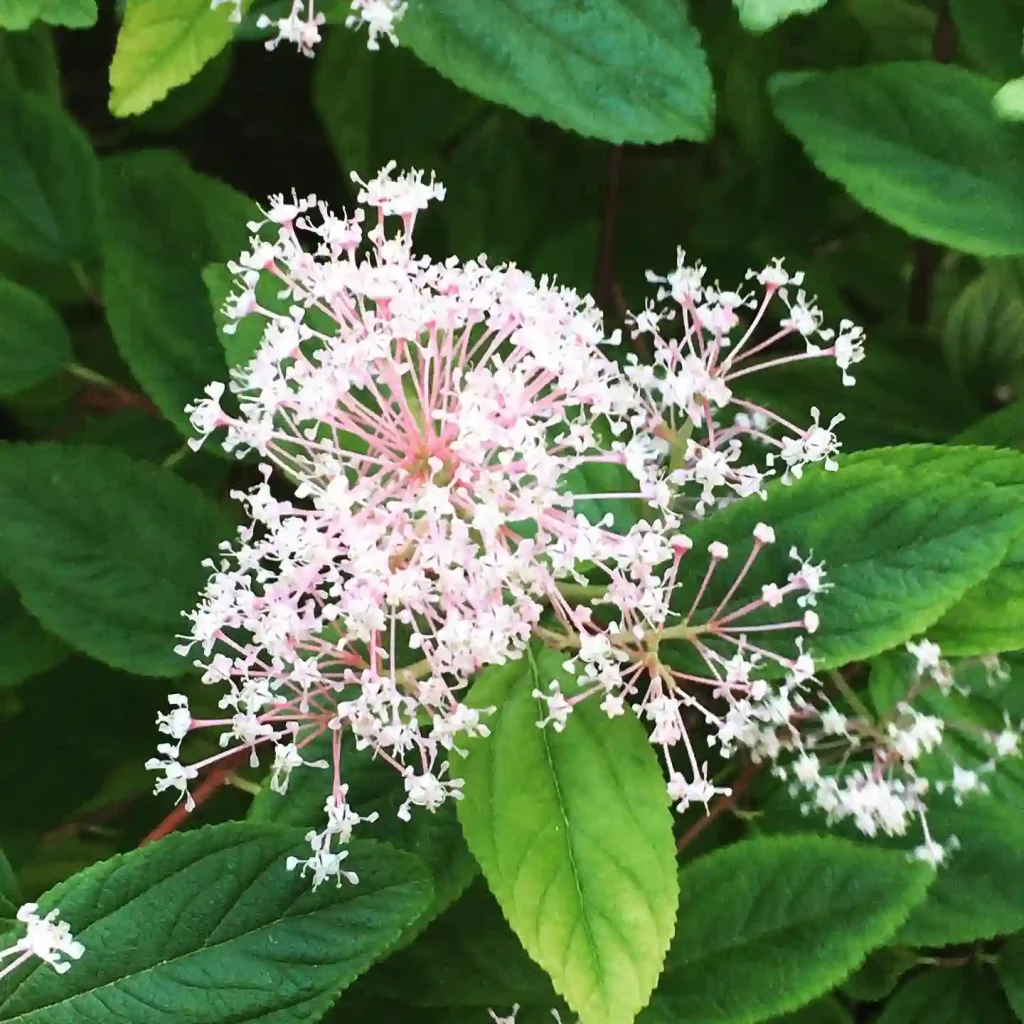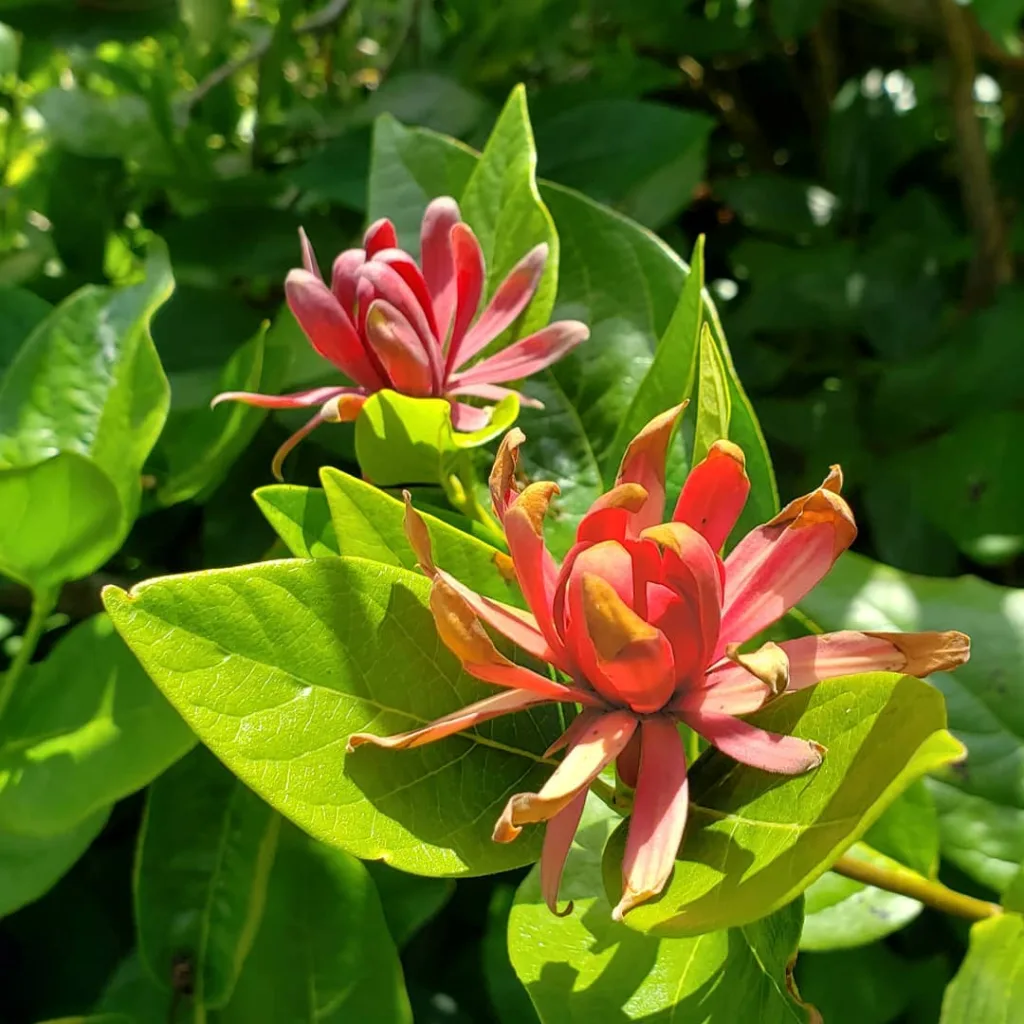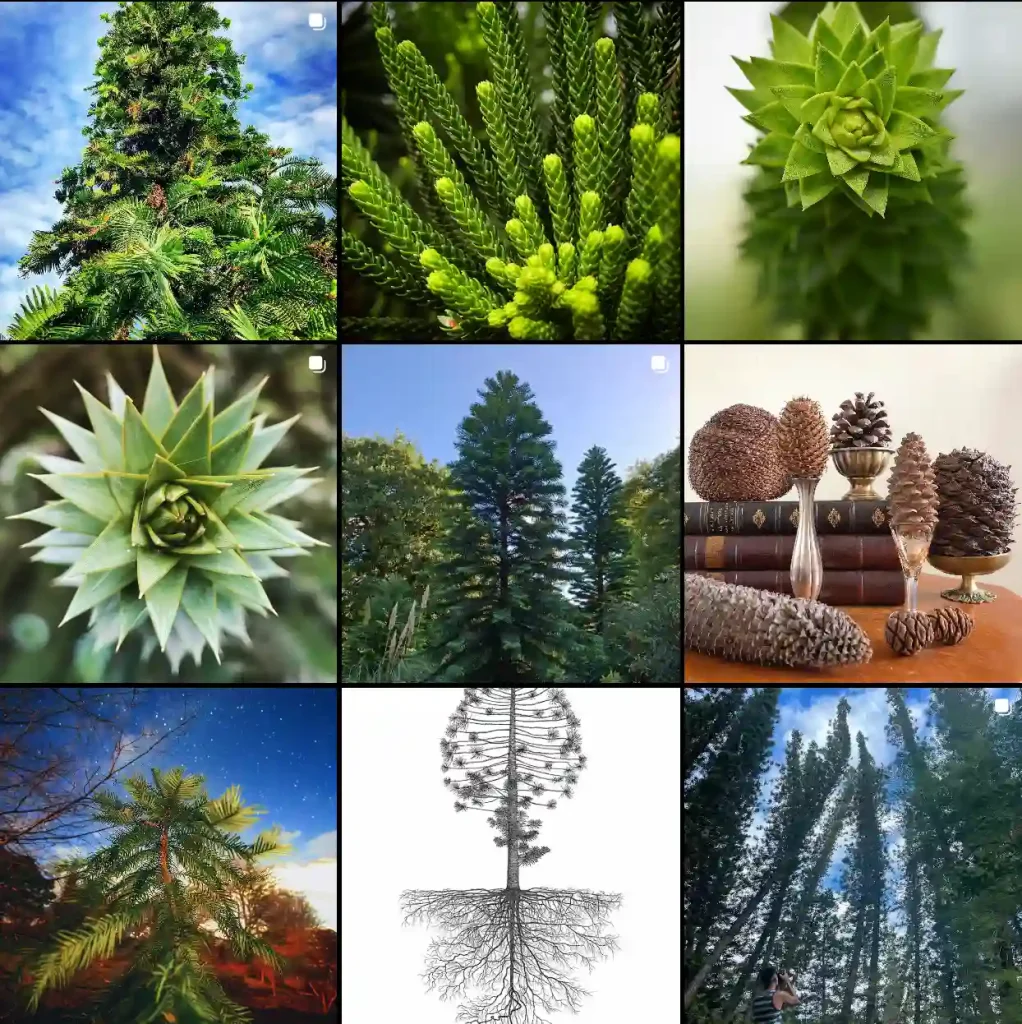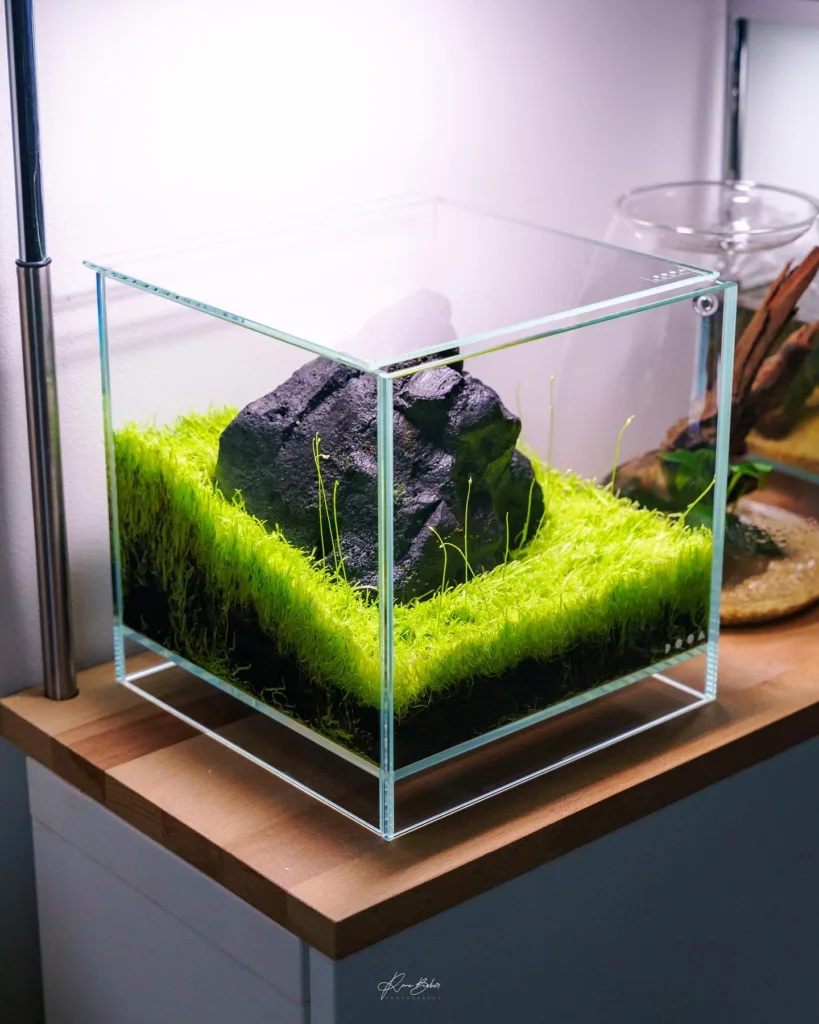
November 5 – Conophytum
"Conophytum, the succulent gem, defines November 5."
Conophytum symbolizes patience and wisdom. You grow in strength with time and experience. Like its compact form, your quiet resilience makes a lasting impression.
My Fascination with Conophytum
I, Ferb Vu, have always been drawn to the unique and the unusual, especially when it comes to the natural world. This is what led me to the fascinating genus Conophytum, a group of dwarf succulents native to South Africa and Namibia, belong to the Aizoaceae family. These peculiar plants, with their fused leaves forming curious cone-like structures, have captivated my attention and sparked a deep interest in their diversity and survival strategies.
A World in Miniature
Conophytum species are masters of disguise, often blending seamlessly into their rocky surroundings. Their colors and textures mimic the pebbles and stones among which they grow, providing excellent camouflage against hungry herbivores. This mimicry is not just a visual trick; some species even have translucent “window” areas on their leaves, allowing sunlight to penetrate deep into the plant’s interior for photosynthesis, even when buried in the soil.
These miniature succulents have adapted to thrive in arid environments with limited rainfall. Their fused leaves act as water storage organs, allowing them to endure long periods of drought. During the dry season, old leaf pairs shrivel up, forming a protective sheath around the new leaves developing inside. This process, known as “shedding,” is a remarkable adaptation that minimizes water loss and protects the plant from harsh conditions.
Diversity in Form and Color
The genus Conophytum boasts an incredible array of forms and colors. Some species have smooth, rounded leaves, while others display textured surfaces with bumps, wrinkles, or even tiny hairs. Their colors range from various shades of green and brown to vibrant reds, purples, and even blues. This diversity is truly astounding and is a testament to the genus’s ability to adapt and evolve in a variety of microhabitats.
- Conophytum achabense S.A.Hammer
- Conophytum acutum L.Bolus
- Conophytum albiflorum (Rawé) S.A.Hammer
- Conophytum angelicae (Dinter & Schwantes) N.E.Br.
- Conophytum antonii S.A.Hammer
- Conophytum armianum S.A.Hammer
- Conophytum auriflorum Tischer
- Conophytum bachelorum S.A.Hammer
- Conophytum bicarinatum L.Bolus
- Conophytum bilobum (Marloth) N.E.Br.
- Conophytum blandum L.Bolus
- Conophytum bolusiae Schwantes
- Conophytum breve N.E.Br.
- Conophytum brunneum S.A.Hammer
- Conophytum bruynsii S.A.Hammer
- Conophytum burgeri L.Bolus
- Conophytum buysianum A.R.Mitch. & S.A.Hammer
- Conophytum calculus (A.Berger) N.E.Br.
- Conophytum caroli Lavis
- Conophytum carpianum L.Bolus
- Conophytum chauviniae (Schwantes) S.A.Hammer
- Conophytum chrisocruxum S.A.Hammer
- Conophytum chrisolum S.A.Hammer
- Conophytum comptonii N.E.Br.
- Conophytum concavum L.Bolus
- Conophytum confusum A.J.Young, Rodgerson, S.A.Hammer & Opel
- Conophytum crateriforme A.J.Young, Rodgerson, Harrower & S.A.Hammer
- Conophytum cubicum Pavelka
- Conophytum × cupreiflorum Tischer
- Conophytum depressum Lavis
- Conophytum devium G.D.Rowley
- Conophytum ectypum N.E.Br.
- Conophytum ernstii S.A.Hammer
- Conophytum fibuliforme (Haw.) N.E.Br.
- Conophytum ficiforme (Haw.) N.E.Br.
- Conophytum flavum N.E.Br.
- Conophytum francoiseae (S.A.Hammer) S.A.Hammer
- Conophytum fraternum (N.E.Br.) N.E.Br.
- Conophytum friedrichiae (Dinter) Schwantes
- Conophytum frutescens Schwantes
- Conophytum fulleri L.Bolus
- Conophytum globosum (N.E.Br.) N.E.Br.
- Conophytum halenbergense (Dinter & Schwantes) N.E.Br.
- Conophytum hammeri G.Will. & H.C.Kenn.
- Conophytum hanae Pavelka
- Conophytum herreanthus S.A.Hammer
- Conophytum hians N.E.Br.
- Conophytum hyracis S.A.Hammer
- Conophytum irmae S.A.Hammer & Barnhill
- Conophytum jarmilae Halda
- Conophytum joubertii Lavis
- Conophytum jucundum (N.E.Br.) N.E.Br.
- Conophytum khamiesbergense (L.Bolus) Schwantes
- Conophytum klinghardtense Rawé
- Conophytum limpidum S.A.Hammer
- Conophytum lithopsoides L.Bolus
- Conophytum loescheanum Tischer
- Conophytum longibracteatum L.Bolus
- Conophytum longum N.E.Br.
- Conophytum luckhoffii Lavis
- Conophytum lydiae (H.Jacobsen) G.D.Rowley
- Conophytum marginatum Lavis
- Conophytum × marnierianum Tischer & H.Jacobsen
- Conophytum maughanii N.E.Br.
- Conophytum meyeri N.E.Br.
- Conophytum minimum (Haw.) N.E.Br.
- Conophytum minusculum (N.E.Br.) N.E.Br.
- Conophytum minutum (Haw.) N.E.Br.
- Conophytum mirabile A.R.Mitch. & S.A.Hammer
- Conophytum obcordellum (Haw.) N.E.Br.
- Conophytum obscurum N.E.Br.
- Conophytum pageae (N.E.Br.) N.E.Br.
- Conophytum pellucidum Schwantes
- Conophytum phoeniceum S.A.Hammer
- Conophytum piluliforme (N.E.Br.) N.E.Br.
- Conophytum pium S.A.Hammer
- Conophytum praesectum N.E.Br.
- Conophytum pubescens (Tischer) G.D.Rowley
- Conophytum pubicalyx Lavis
- Conophytum quaesitum (N.E.Br.) N.E.Br.
- Conophytum ratum S.A.Hammer
- Conophytum reconditum A.R.Mitch.
- Conophytum regale Lavis
- Conophytum ricardianum Losch & Tischler
- Conophytum roodiae N.E.Br.
- Conophytum rubrolineatum Rawé
- Conophytum rugosum S.A.Hammer
- Conophytum saxetanum (N.E.Br.) N.E.Br.
- Conophytum schlechteri Schwantes
- Conophytum semivestitum L.Bolus
- Conophytum smaleorum Rodgerson & A.J.Young
- Conophytum smorenskaduense de Boer
- Conophytum stephanii Schwantes
- Conophytum stevens-jonesianum L.Bolus
- Conophytum subfenestratum Schwantes
- Conophytum subterraneum Smale & T.Jacobs
- Conophytum swanepoelianum Rawé
- Conophytum tantillum N.E.Br.
- Conophytum taylorianum (Dinter & Schwantes) N.E.Br.
- Conophytum truncatum (Thunb.) N.E.Br.
- Conophytum turrigerum (N.E.Br.) N.E.Br.
- Conophytum uviforme (Haw.) N.E.Br.
- Conophytum vanheerdei Tischer
- Conophytum velutinum Schwantes
- Conophytum verrucosum (Lavis) G.D.Rowley
- Conophytum violaciflorum Schick & Tischer
- Conophytum wettsteinii (A.Berger) N.E.Br.
- Conophytum youngii Rodgerson
Cultivating Curiosity
My fascination with Conophytum has led me to cultivate a small collection of these intriguing plants. I find great satisfaction in providing them with the conditions they need to thrive and observing their unique growth cycles. Each year, I eagerly anticipate the arrival of autumn, when my Conophytum plants awaken from their summer dormancy and begin to produce their exquisite flowers.
Caring for Conophytum requires patience and attention to detail. They need well-draining soil, plenty of sunlight, and careful watering, especially during their winter growing season. Overwatering is a common pitfall, as these succulents are prone to root rot. However, with proper care, Conophytum plants can reward you with their unique beauty and resilience.
A Lifelong Journey
My journey with Conophytum is far from over. I am constantly learning new things about these fascinating plants, and I am eager to expand my collection and knowledge. The world of Conophytum is full of surprises, and I am excited to see what other wonders it holds.
Whether you are a seasoned succulent enthusiast or simply curious about the natural world, I encourage you to explore the fascinating genus Conophytum. These miniature marvels offer a glimpse into the incredible diversity and adaptability of life on Earth, and they are sure to captivate your imagination.
If i die, water my plants!



